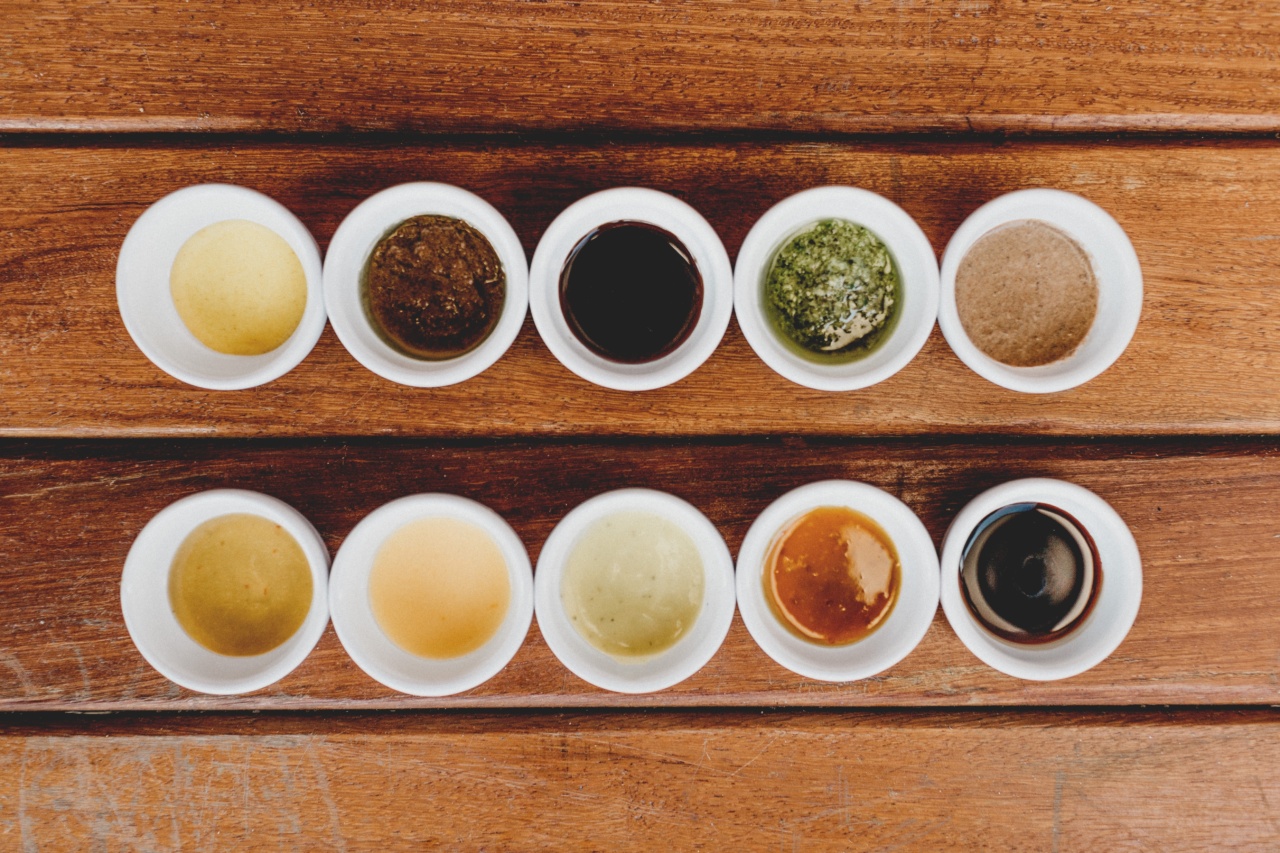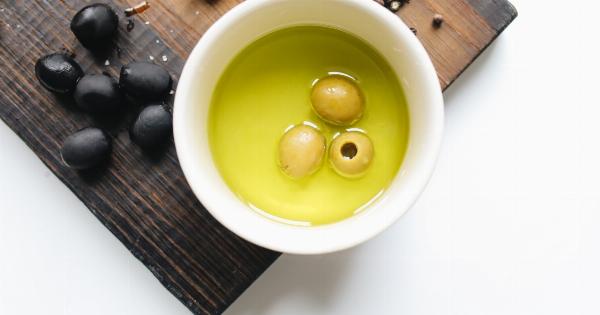Olive oil is a staple ingredient in many Mediterranean and Middle Eastern cuisines. With its distinct flavor and numerous health benefits, it has become a popular choice for cooking, dressing salads, and even skincare.
However, not all olive oils are created equal. There are different types of olive oil available, each with its own unique characteristics and uses. In this article, we will explore the different types of olive oil and provide tips on how to pick the right one for your needs.
1. Extra Virgin Olive Oil
Extra Virgin Olive Oil (EVOO) is considered the highest quality and most flavorful olive oil. It is made from pure, cold-pressed olives without any heat or chemicals involved in the extraction process.
EVOO has low acidity levels, typically below 1%, and a vibrant green color. It has a robust flavor and a fruity, peppery taste. Extra virgin olive oil is ideal for drizzling over salads, dipping bread, and enhancing the flavors of cooked dishes.
2. Virgin Olive Oil
Virgin olive oil is also derived from the first pressing of olives, but it has slightly higher acidity levels (up to 2%) compared to extra virgin olive oil.
Virgin olive oil has a milder flavor and is suitable for various cooking methods, such as sautéing, grilling, and baking. It adds a subtle olive taste to dishes without overpowering the other flavors.
3. Pure Olive Oil
Pure olive oil, also known as simply “olive oil” or “light olive oil,” is a blend of virgin olive oil and refined olive oil.
Refined olive oil is obtained using heat or chemical processes to neutralize any flaws or undesirable flavors in the oil. The resulting product is lighter in color and flavor compared to extra virgin or virgin olive oil. Pure olive oil has a higher smoke point, making it suitable for high-temperature cooking methods like frying.
4. Extra Light Olive Oil
Contrary to its name, extra light olive oil does not refer to its calorie content or fat content. Instead, it indicates that the oil has a lighter flavor and color.
Extra light olive oil is heavily refined and undergoes multiple processes to remove impurities and flavors. It has the mildest taste and can be used for cooking methods where you don’t want the olive oil flavor to dominate. However, extra light olive oil lacks the health benefits associated with its less refined counterparts.
5. Cold-Pressed Olive Oil
Cold-pressed olive oil is extracted without applying any heat. This method ensures that the oil retains its natural flavors, antioxidants, and nutrients.
Cold-pressed olive oil is most often associated with extra virgin olive oil, as the high-quality standards require a gentle extraction process. Opting for cold-pressed olive oil ensures that you are getting the purest form of the oil without any compromise on taste or quality.
6. Blended Olive Oils
Blended olive oils are a mixture of different types of olive oils, including extra virgin, virgin, and refined olive oils. These blends are created to achieve a specific flavor profile or balance of characteristics.
Blended olive oils offer versatility and can be used for a wide range of cooking methods. They often provide a more affordable option without compromising on quality.
7. Choosing the Right Olive Oil for Cooking
When selecting an olive oil for cooking, consider the smoke point of the oil. The smoke point is the temperature at which the oil starts to break down and produce smoke. Different types of olive oil have different smoke points:.
– Extra virgin olive oil: 375°F (191°C).
– Virgin olive oil: 410°F (210°C).
– Pure olive oil: 470°F (243°C).
– Extra light olive oil: 468°F (242°C).
If you are going to use high heat cooking methods like frying or grilling, opt for olive oils with higher smoke points, such as pure olive oil or extra light olive oil.
If you are using olive oil for sautéing or making dressings, extra virgin or virgin olive oil would suffice.
8. Storing Olive Oil
Proper storage is essential for preserving the flavor and quality of olive oil. Here are some tips for storing olive oil:.
– Keep the oil in a cool, dark place away from direct sunlight and heat sources.
– Avoid storing olive oil near the stove or oven, as exposure to heat can accelerate oxidation.
– Seal the bottle tightly after use to prevent air from entering and spoiling the oil.
– Consider transferring olive oil to a dark glass bottle to protect it from light exposure.
– Use the oil within its recommended shelf life to ensure optimal freshness and flavor.
9. Understanding Labels
When purchasing olive oil, it’s important to understand the labels and certifications. Look for terms like “extra virgin,” “first cold-pressed,” or “unfiltered” to ensure you are buying high-quality olive oil.
Additionally, look for certified seals like the European Union’s PDO (Protected Designation of Origin) or the International Olive Council’s Certified Quality Seal as markers of authenticity and quality.
10. Summary
Choosing the right type of olive oil depends on your personal preference and the intended use. For raw applications like dressings or dips, extra virgin or virgin olive oil is the best choice.
When cooking at high temperatures, opt for pure or extra light olive oil. Always store olive oil properly to maintain its flavor and quality, and check labels and certifications to ensure you are purchasing authentic and high-quality olive oil.





























